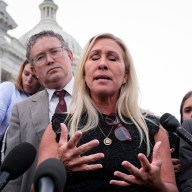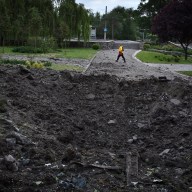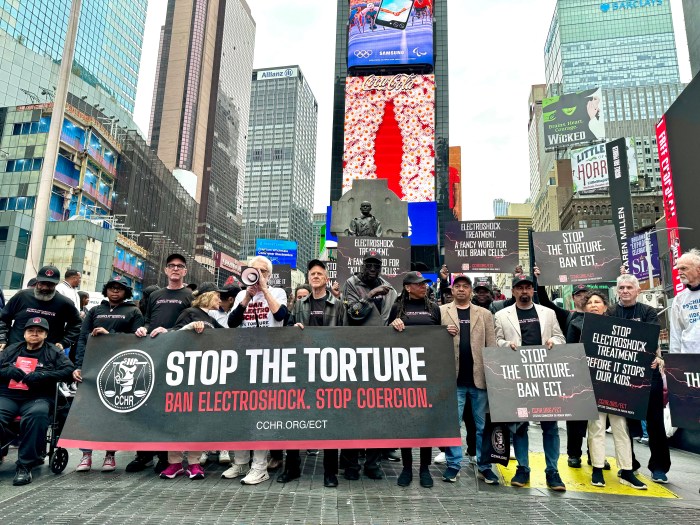It was just 30 years ago that the first blue box became a part of life. In fact, 250 hand-assembled blue boxes were distributed in a Kitchener, Ontario neighbourhood with instructions to separate bottles, cans and newspapers out of the garbage so the city could pick them up separately.
It was a highly successful pilot project… and within 15 years, every household in the province had a blue box, explains Derek Stephenson, president or StewardEdge Inc., and the man who spearheaded the program. Of course, blue boxes are now part of the landscape across Canada, and this kind of recycling has extended throughout the United States (just the colour of the box is different) and into parts of Europe too. Our blue box program is just one example of how Canada has taken a leading role in environmental protection.
“It is crucial that environmental awareness become part of our value system – and that’s what has happened,” says Stephenson. “People want to do the right thing – and will participate when they believe they are.”
Another great example of how change occurs is when Canadians made the link between everyday products such as hairspray and deodorant and the widening hole in the ozone layer.
The movement to remove the offending chemicals, called CFCs, lead to the 1989 Montreal Protocol, which banned CFCs and ultimately became one of the most widely-adopted protocols around the world.
Environmental awareness – and action – is now widespread, whether it involves purchasing a green product, taking public transportation, changing the type of light bulbs you use or taking part in activities such as the Green Living Show (this weekend), Canadian Environment Week and Clean Air Day (in June). Earlier this month, hundreds of millions of people across the globe – a record 126 countries and territories – turned their lights off for Earth Hour in support of the World Wildlife Fund-lead initiative.
But challenges still remain and the biggest one is to lighten our environmental footprint across the board. “People need to reduce, reuse, recycle – and re-think,” says Stephenson. “It’s important to ask yourself: What is the impact of what I am doing, and can I do it with a smaller environmental footprint?”
















